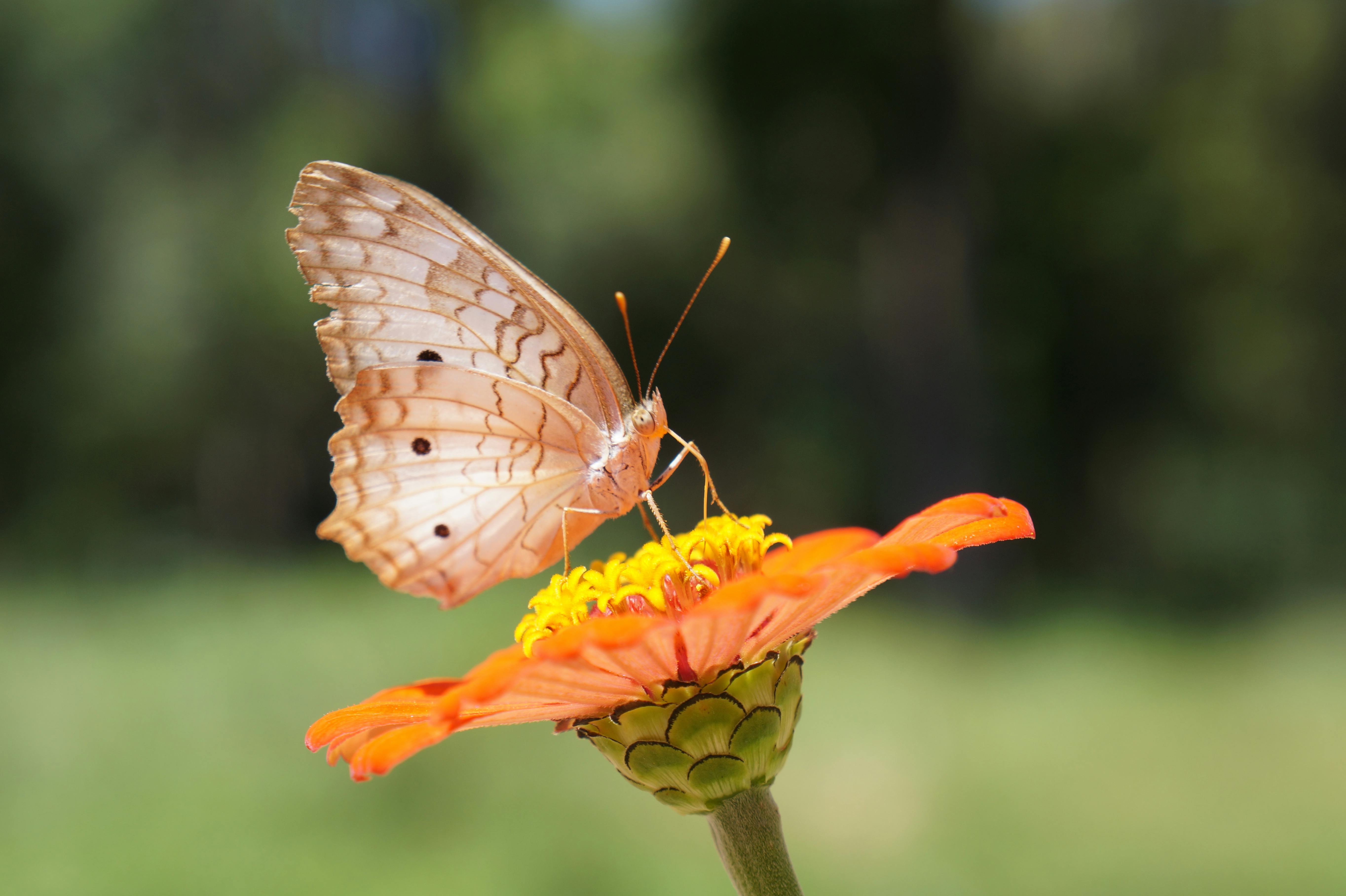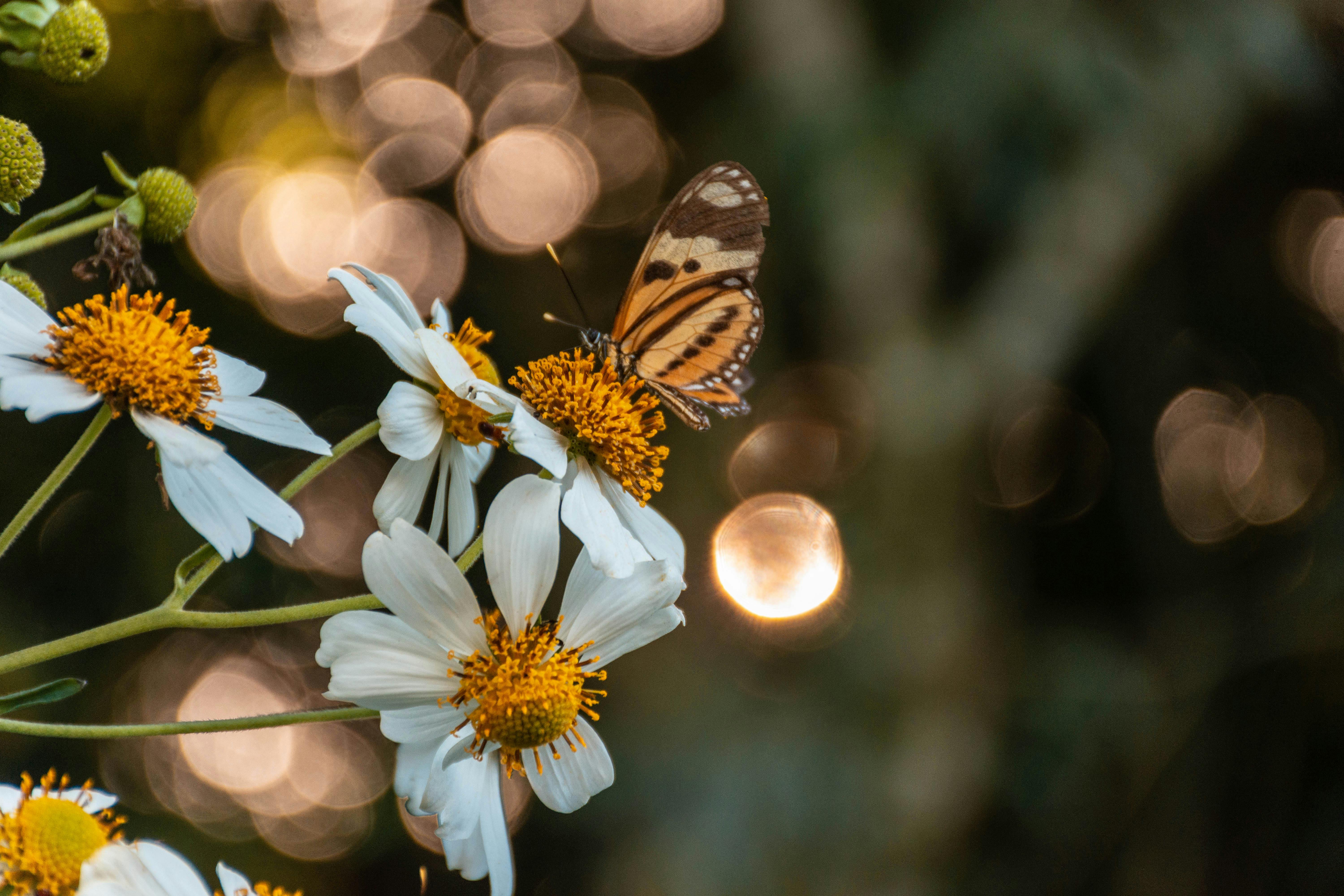Creating a butterfly garden is a great way to bring beauty and life to your outdoor space. A butterfly garden is not only visually pleasing, but it can also help support these delicate creatures and their populations. With the right plants, you can turn your garden into an attractive haven for butterflies and other pollinators. In this guide, we’ll cover the basics of growing a butterfly garden, from selecting the right plants to providing shelter for your winged visitors.When choosing a location for your butterfly garden, it is important to consider factors such as the amount of sunlight, water supply, and type of soil. Sunlight is an essential part of a butterfly garden, so try to find an area that receives at least 6 hours of direct sunlight each day. Additionally, water should be easily accessible for butterflies to drink and bathe in. Lastly, the soil should be nutrient-rich and well-drained in order to support a variety of plants that attract butterflies.
Preparing the Soil
One of the most important steps in gardening is preparing the soil. This helps to ensure that the plants have enough nutrients to grow and thrive. It also helps to prevent weeds from taking over the garden. The first step is to remove any debris, rocks, or weeds that may be present in the soil. Next, you should add organic matter such as compost or manure to add nutrients and increase drainage. Finally, it is important to till the soil to a depth of at least 8 inches and rake it smooth.
Selecting Plants to Attract Butterflies
Creating a butterfly garden is a great way to bring nature into your backyard. By selecting the right type of plants, you can attract and encourage butterflies to visit your garden. Choosing the right plants starts with understanding which ones butterflies love.
Butterflies feed mainly on nectar from flowers. When selecting your plants, look for varieties that are known to produce plenty of nectar. Flower shapes are also important – butterflies prefer flat-topped or clustered blooms that they can easily land on and sip the n
Including Host Plants for Caterpillars
Caterpillars are one of the most important components in a healthy ecosystem. They provide food for a variety of animals, including birds and other insects. However, in order to survive, they need access to host plants which are plants that provide food and shelter for caterpillars. By including host plants in your garden or landscape, you can help to ensure the survival of these important creatures.
The best way to find out which plants are suitable for caterpillar populations is to research local species
https://images.pexels.com/photos/7430422/pexels-photo-7430422.jpeg
Creating Water Sources for Butterflies
Creating water sources for butterflies is an important part of providing a habitat for them. Water sources can be created in a variety of ways, from simple containers filled with water to more elaborate features such as ponds and streams. Providing a source of water for butterflies can help them survive and thrive in their environment.
One way to create a water source for butterflies is by using shallow containers with rocks or logs placed in them. These provide places for the butterflies to perch and drink from the shallow water. Adding damp soil, sand

Creating a Variety of Habitats in the Garden
Creating a variety of habitats in the garden is an easy and rewarding experience. By providing a mixture of different plants, trees, and shrubs, you can create a diverse environment that will attract wildlife and provide food and shelter for birds, insects, butterflies and other animals. You can also create habitats that appeal to different senses such as sight, sound, smell and touch.
When creating a habitat in your garden, it is important to consider the type of environment you want to create.
Providing Shelter from Wind and Rain
Shelter from the wind and rain is important for any outdoor activity or event. Wind and rain can make it difficult to move around, can reduce visibility, and can make it more difficult to stay warm. Having a shelter available can provide protection from the elements and help keep everyone comfortable.
Shelters come in many different forms, from simple tarps or tents to large pavilions. The type of shelter you need depends on the size of your group, the duration of your event, and the conditions you
Avoiding Pesticides and Herbicides
Pesticides and herbicides are chemicals used to control pests or weeds in agricultural and landscaping operations. While these chemicals can be useful in addressing certain issues, they can also have serious negative impacts on the environment. It is important to take steps to avoid using them when possible.
The best way to avoid using pesticides and herbicides is to use natural methods of pest control. This includes things like encouraging beneficial insects, such as ladybugs, which can help control aphids and other pests. Using

Conclusion
Growing a butterfly garden can be an enjoyable and rewarding experience. With the right plants and flowers, you can provide a safe and nutritious environment for butterflies to thrive in. You don’t need a large yard or green space to enjoy watching these delicate creatures, as even small gardens can be beneficial. When planting your butterfly garden, be sure to consider the varieties of plants that attract different types of butterflies, as well as their unique needs. As you plan your garden, take into account the local climate and the amount of sunlight you have available.
By
